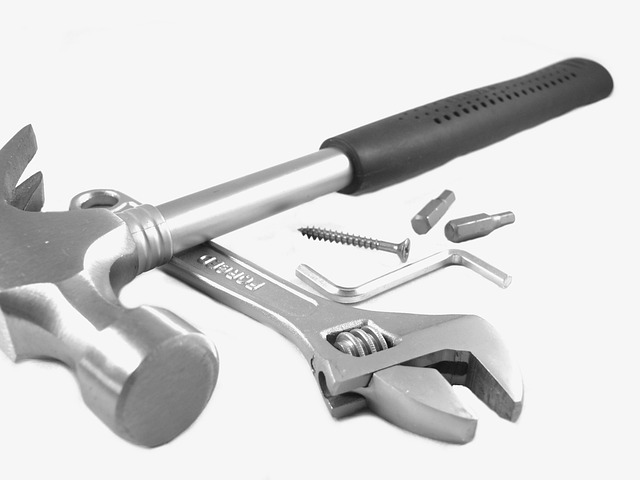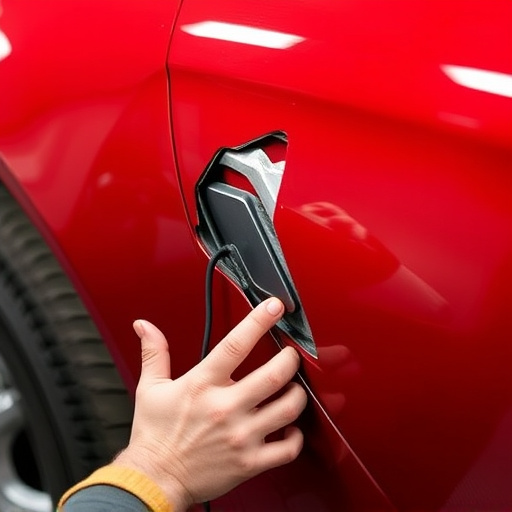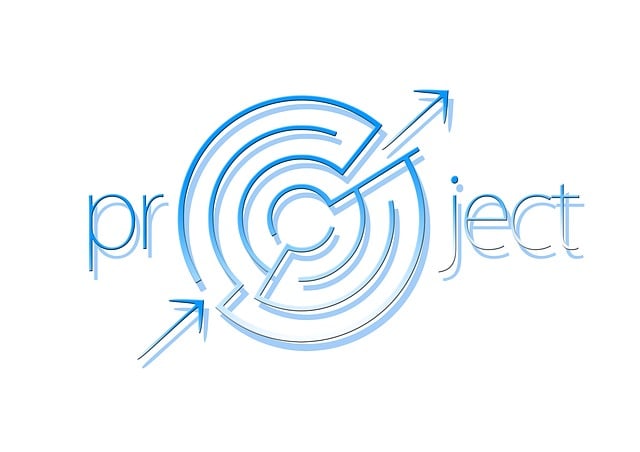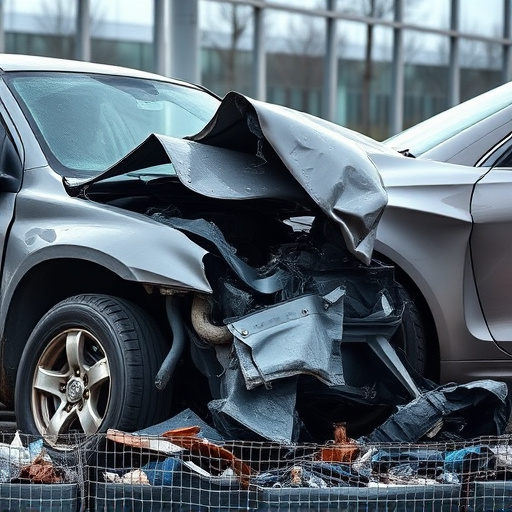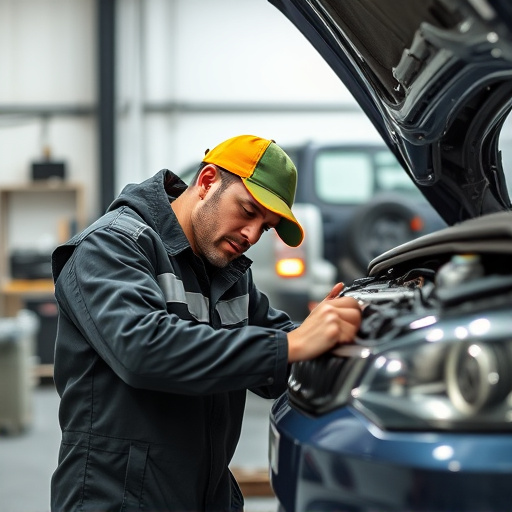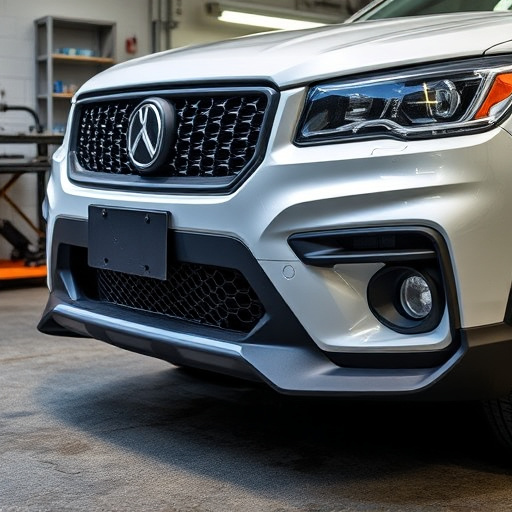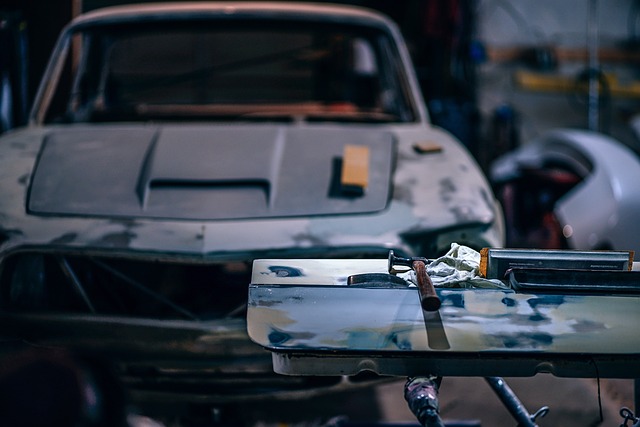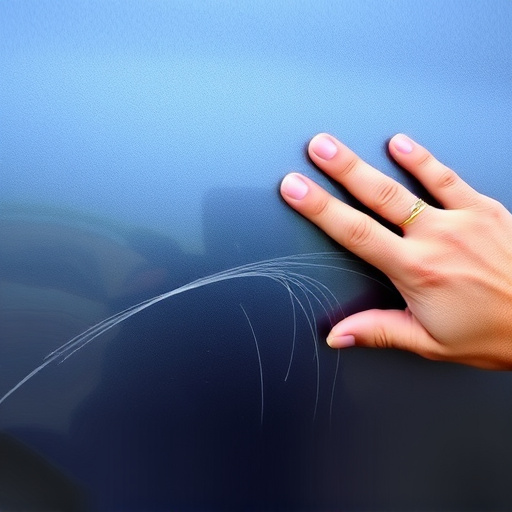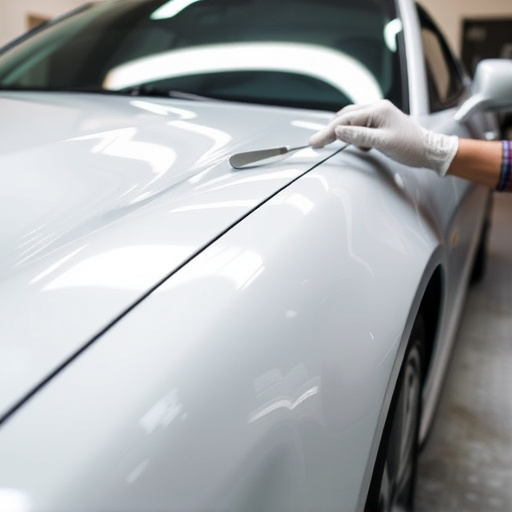Auto body shop parts quality significantly impacts vehicle resale value, with OEM or CPO components commanding higher prices due to perceived value and maintenance assurance. Aftermarket parts may raise buyer concerns. This is crucial for luxury vehicles, where expert restoration using high-quality parts enhances aesthetics and attracts top-tier buyers. Prioritizing OEM/CPO parts can differentiate auto body shops in a competitive market. Customers demand genuine parts for precise specifications, affecting both performance and aesthetic integrity. Auto glass replacement and dent repair require care to preserve original value. Restoring with high-quality parts maintains or increases vehicle value but is costlier; replacing with aftermarket parts is budget-friendly but may not enhance resale value, balancing quality, cost, and functionality.
In today’s market, understanding the impact of auto body shop parts on vehicle resale value is crucial for both car owners and dealers. This article delves into the intricate relationship between the quality and authenticity of replacement parts and a car’s overall worth. We explore how restoring vs. replacing specific components can significantly affect resale price points. By considering these factors, automotive professionals can ensure top-tier returns on their investments while providing customers with the highest quality repairs.
- The Impact of Auto Body Parts on Resale Value
- Quality and Authenticity: Key Factors for Customers
- Restoring vs. Replacing: Cost Implications
The Impact of Auto Body Parts on Resale Value

The quality and condition of auto body shop parts play a significant role in determining a vehicle’s resale value. When original equipment manufacturer (OEM) parts are used during repairs, it signals to potential buyers that the car has been meticulously maintained and restored to its original specifications. This can command a higher price point due to the perceived value of genuine components and the assurance they provide about the vehicle’s overall condition. Conversely, using aftermarket or lower-quality parts might raise concerns among prospective purchasers, as these could imply less care or a potential history of past repairs.
In the case of luxury vehicle repair, where precision and craftsmanship are paramount, the impact becomes even more pronounced. Bumper repair, for instance, is a common area where auto body shops can showcase their expertise. A skilled technician, using high-quality parts, can restore a bumper to its like-new condition, ensuring that the car’s overall aesthetic appeal remains intact. This level of restoration not only enhances the vehicle’s resale value but also attracts buyers seeking top-tier luxury and attention to detail. Auto maintenance practices that prioritize original or certified pre-owned (CPO) parts can thus become a key differentiator in the competitive automotive market.
Quality and Authenticity: Key Factors for Customers
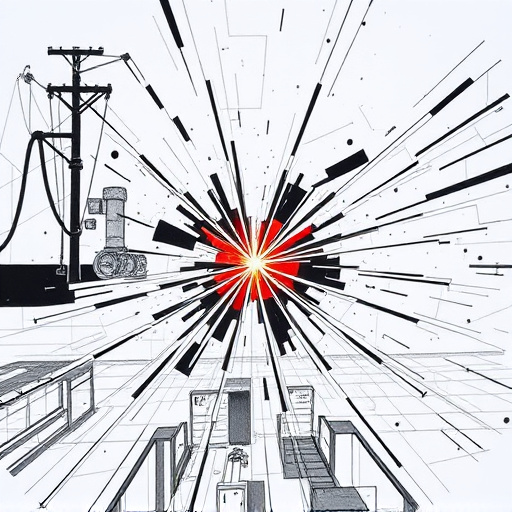
When it comes to auto body shop parts, quality and authenticity are paramount for customers looking to maintain or enhance their vehicle’s resale value. Buyers are increasingly discerning about the components used in repairs, especially for high-end luxury vehicles. They seek genuine, OEM (Original Equipment Manufacturer) parts that match the exact specifications of the make and model, ensuring both optimal performance and aesthetic appeal.
Auto glass replacement, a common necessity, should be handled with care to avoid compromising the vehicle’s overall value. Similarly, meticulous car dent repair techniques are crucial to preserving the car’s original finish and detailing, which are significant factors in the resale market. Customers appreciate when auto body shops prioritize using high-quality, authentic parts, as it assures them of a superior repair job that retains their vehicle’s investment value.
Restoring vs. Replacing: Cost Implications

When it comes to restoring a vehicle after damage, there are two primary approaches: restoring or replacing. Restoring involves repairing and returning the vehicle to its original condition, while replacing entails swapping out damaged parts with new ones. The cost implications of each method significantly impact the vehicle’s resale value.
Auto body shop parts used in restoration, especially genuine or certified pre-owned (CPO) components, can maintain or even increase the car’s value due to their quality and authenticity. On the other hand, replacing damaged parts with aftermarket alternatives is often more cost-effective for auto glass repair or collision repair services. While these replacements might not command as high a resale price, they ensure the vehicle is in safe operating condition and could potentially save buyers from unnecessary expenses down the line.
Auto body shop parts play a significant role in maintaining and enhancing a vehicle’s resale value. By prioritizing quality and authenticity, shops can ensure customer satisfaction and build trust. Restoring original equipment manufacturer (OEM) parts or high-quality replacements not only reduces costs but also preserves the vehicle’s integrity. Ultimately, investing in top-tier auto body shop parts is a strategic move that contributes to a vehicle’s long-term value in the secondary market.
